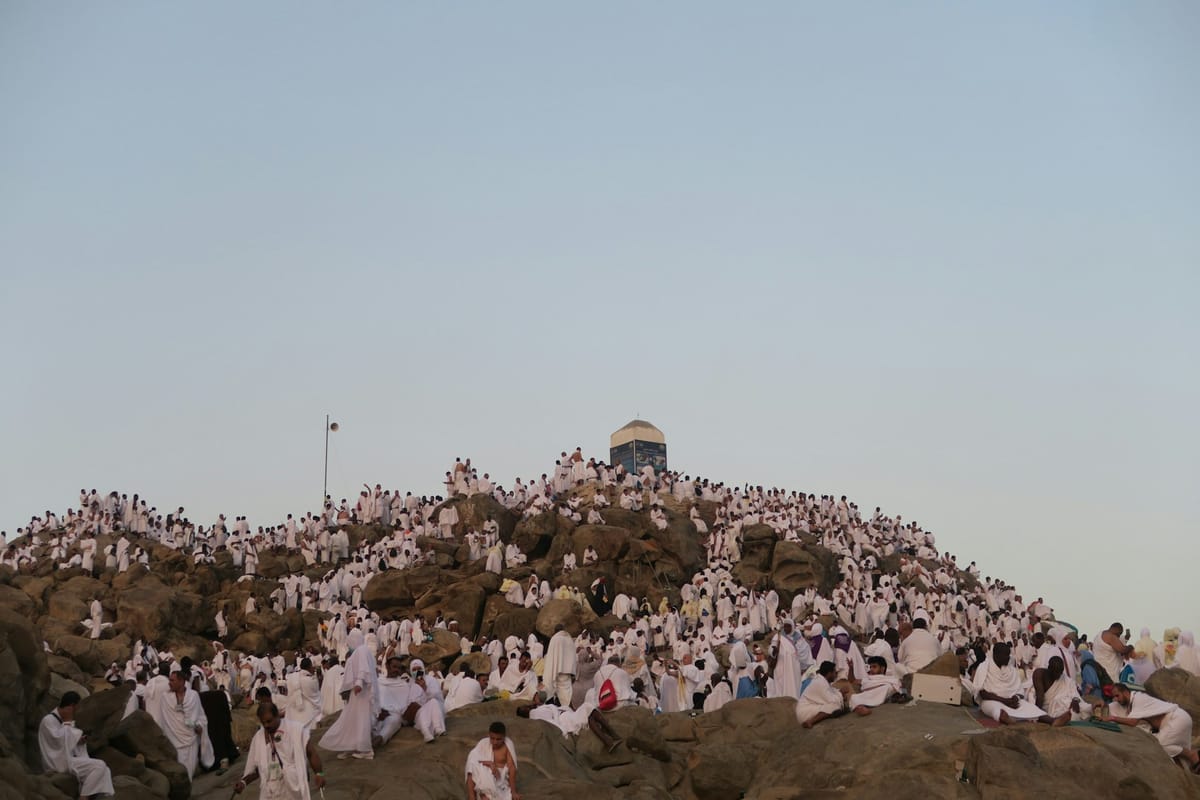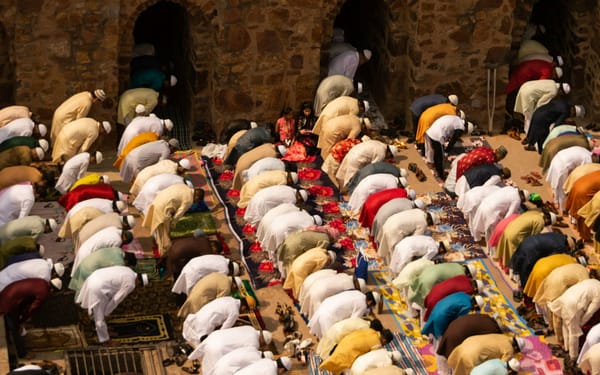A Step-by-Step Guide to Performing the Rituals of Hajj

Annually, millions of Muslims worldwide gather in Mecca to perform Hajj - the fifth pillar of Islam. Hajj is obligatory for adults who have the means to perform it. This act of worship is a challenge that tests the spiritual temperament and patience of pilgrims. It occurs in Dhul-Hijjah, the 12th month of the Islamic lunar calendar, between the 8th and 13th of the month.
Going on this journey means you have to perform a series of rituals as worship. This post is a step-by-step guide to performing the rituals of Hajj for both the new and experienced pilgrims.
Day 1
Before setting for Mecca, you must attain the state of Ihram. It's compulsory to wear the Ihram so you can pass through the Miqats. There are a few guidelines you must stick to before entering the Miqat, and they include cleansing the body, observing the Ghusl bath, wearing the two-piece ihram sheets and making your intention as the Miqat approaches.
After that, pilgrims travel on foot or take a bus to Mina, the tent city, outside Mecca. Muslims spend the whole day there praying and supplicating to Allah (SWT) till dawn the next morning.
Day 2
On the second day of Hajj, pilgrims travel to Mount Arafat from Mina while changing dhikrs and istighfar. When they reach Arafat, they observe Dhur and Asr with the Qasar prayers from noon to sunset. This act is called Waquf.
Mount Arafat is a very revered place in the history of Islam, as it's where the Prophet (PBUH) delivered his last sermon to the Muslims. Many Muslims around the world choose to fast on this day.
After sunset, the pilgrims move to Muzdalifah, where they observe the evening prayers and spend the night. Many Muslims start to collect 49 pebbles, which they will need for the next rituals this night before sunrise.
Day 3
The third day of Hajj is Eid-al-Adha, which is celebrated around the world. The pilgrims go back to Mecca before sunset to perform Sa’iy and Tawaf al-ifadah before going back to Mina to perform the first Rami. The first Rami involves throwing seven pebbles at the largest pillar called Jamarat al-Aqaba.
It's the symbolic stoning of the devil based on history. It's beloved that it was at this spot that the devil tried to persuade prophet Ibrahim AS to heed the command of Allah when He told him to sacrifice his son, Ismail. The prophet threw stones to scare off the devil, and that's why pilgrims also perform it today.
Day 4 and 5
The stoning of the Devil is repeated for the fourth and fifth days. Then, the pilgrims stone all the pillars with seven pebbles, starting with the small pillar (Jamarat al-Ula), the middle pillar (Jamarat al-Wusta) and the largest pillar (Jamarat al-Aqaba).
Day 6
After that, the pilgrims sacrifice an animal, and the act is called Nahr. The pilgrims can buy vouchers or coupons that signify that the sacrifice has been made in their stead. The animal is then butchered and distributed to the poor. The next ritual is the shaving of the head or shortening of the hair for men and women. Men can shave their heads completely or clip their hair. And women can only clip a lock or strand of their hair.
The last ritual is performing Tawaf and Sai again while reflecting on the journey and thanking Allah for His mercies. Then, the pilgrims remove their Ihram clothing and that marks the completion of Hajj.
Afterward, many pilgrims go sightseeing to a few must-visit places in Mecca.
Final Thoughts
Hajj is an obligatory act of worship in Islam. This post is a step-by-step guide to performing the rituals of Hajj. So, this is for you if you’re considering going for Hajj 2024.





